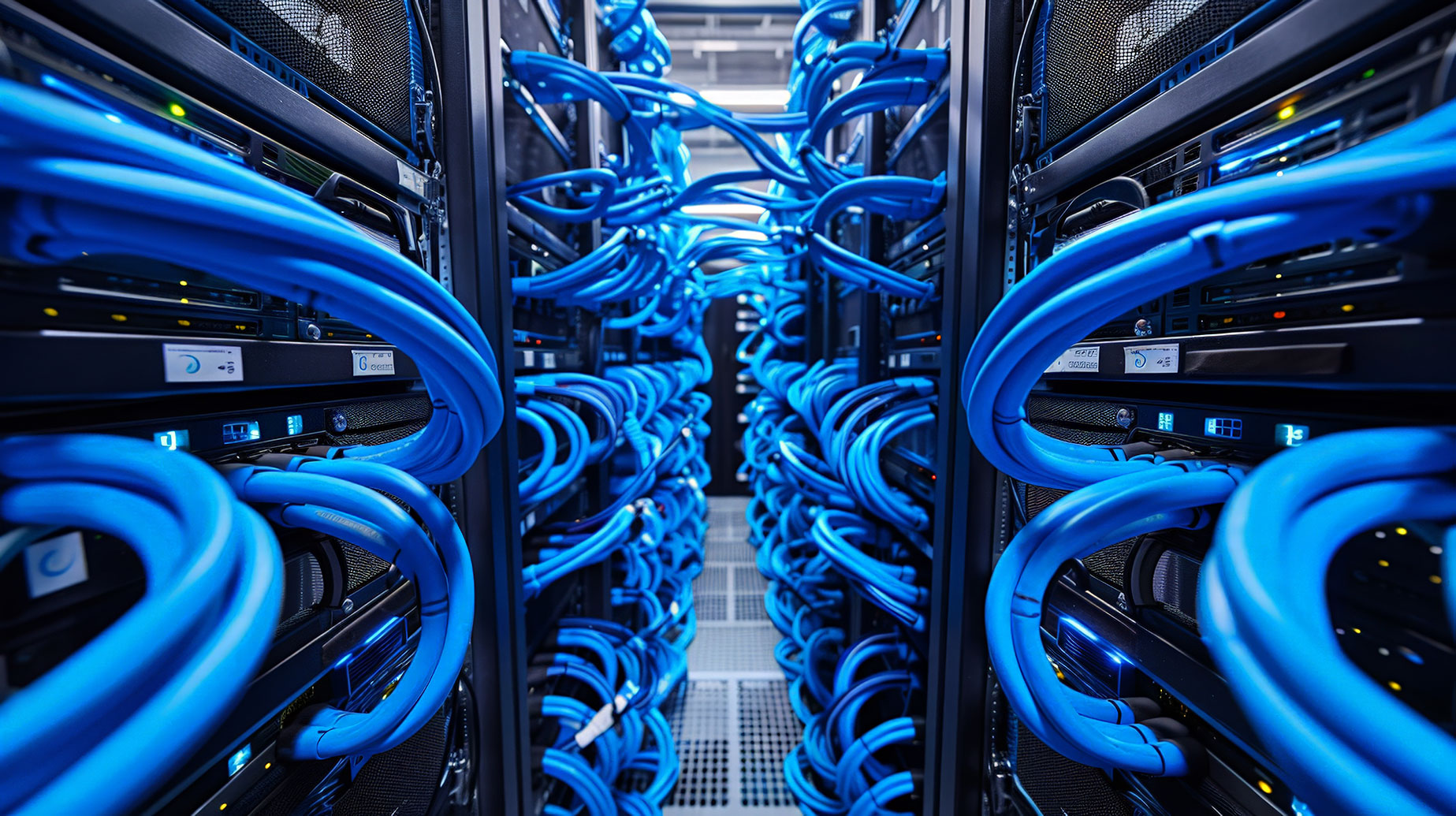
In today’s fast-paced digital world, businesses and organizations rely heavily on efficient and reliable network infrastructures to stay connected. Whether it’s supporting daily operations, ensuring high-speed data transfer, or maintaining security systems, structured cabling plays a critical role in achieving seamless communication. With expertise in designing and implementing top-tier network solutions, professionals serving San Diego county provide businesses with the backbone they need for uninterrupted connectivity and long-term scalability.
The Importance of a Well-Structured Network
A well-organized network infrastructure is the foundation of any successful business. Poorly planned or outdated cabling can lead to downtime, slow data transmission, and costly repairs. Investing in structured cabling ensures efficiency, reliability, and future-proofing for your organization’s needs.
Benefits of Structured Cabling Systems
Unlike unorganized wiring setups, structured cabling systems provide a streamlined and systematic approach to network connectivity.
- Enhanced Performance: A properly installed cabling system reduces latency and ensures smooth data flow.
- Scalability: Easily upgrade and expand your network without major overhauls.
- Cost-Efficiency: Minimizes maintenance costs and reduces the risk of unexpected outages.
- Simplified Troubleshooting: Organized cabling makes diagnosing and fixing issues quicker and easier.
Key Components of a Structured Cabling System
A structured cabling system is made up of various components that work together to support a robust and efficient network infrastructure. Understanding these key elements can help businesses make informed decisions when upgrading their networks.
Backbone Cabling
Backbone cabling, also known as vertical cabling, connects different sections of a building or multiple buildings within a campus. It ensures high-speed data transfer between routers, switches, and other critical hardware components.
- Fiber Optic vs. Copper: Fiber optic cables offer superior speed and bandwidth compared to traditional copper cables.
- Redundancy Considerations: Properly designed backbone cabling includes failover paths to prevent network downtime.
Horizontal Cabling
Horizontal cabling extends from the backbone cabling to end-user workstations, conference rooms, and other network access points.
- Cat5e, Cat6, and Cat7: Each category supports different levels of speed and performance.
- Wall Plates and Patch Panels: Essential for organizing and managing multiple connections efficiently.
Data Centers and Server Rooms
A well-organized data center plays a crucial role in the overall performance of an organization’s IT infrastructure.
- Proper Cable Management: Reduces clutter, prevents overheating, and simplifies maintenance.
- Structured Racks and Cabinets: Keeps network equipment organized and improves airflow.
Choosing the Right Cabling for Your Business Needs
Selecting the appropriate cabling solutions depends on several factors, including the size of your business, the number of users, and future expansion plans.
Fiber Optic vs. Copper Cabling
Both fiber optic and copper cabling have their unique advantages. Understanding their differences helps businesses choose the right solution.
- Fiber Optic: Ideal for high-speed data transmission over long distances with minimal signal loss.
- Copper (Cat5e, Cat6, Cat7): More cost-effective for short-distance connections with adequate speed for most business needs.
Network Speed and Bandwidth Requirements
Determining the required network speed and bandwidth ensures optimal performance and prevents bottlenecks.
- 1 Gbps vs. 10 Gbps: Businesses handling large data transfers and cloud computing may benefit from higher bandwidth capabilities.
- Latency Considerations: Lower latency ensures real-time communication for applications like VoIP and video conferencing.
Future-Proofing Your Network Infrastructure
With technology constantly evolving, businesses must implement cabling solutions that accommodate future advancements and increasing data demands.
Scalable Network Design
A forward-thinking network design allows businesses to scale operations without costly infrastructure overhauls.
- Modular Cabling Systems: Supports easy expansion and upgrades.
- Cloud and IoT Integration: Ensures compatibility with emerging technologies.
Energy Efficiency and Sustainability
Many businesses are shifting toward energy-efficient network solutions to reduce operational costs and environmental impact.
- Low-Power Cabling Solutions: Help lower electricity consumption while maintaining performance.
- Recyclable Materials: Some cabling options are made from sustainable materials to support eco-friendly initiatives.
Security Considerations for Network Cabling
A secure network infrastructure is vital to protecting sensitive data and preventing cyber threats.
Physical Security Measures
- Secured Server Rooms: Restricted access to networking hardware reduces the risk of tampering.
- Lockable Racks and Cabinets: Prevents unauthorized handling of critical network components.
Data Protection and Encryption
- Shielded Cables (STP): Reduce electromagnetic interference and prevent data breaches.
- Network Monitoring Solutions: Detect and prevent cyber threats before they compromise sensitive information.
Professional Installation vs. DIY Cabling
While some businesses may attempt to handle network cabling in-house, professional installation ensures long-term efficiency and compliance with industry standards.
Advantages of Professional Network Cabling Services
- Expert Planning and Design: Ensures optimal layout and performance.
- Code Compliance: Meets local and national regulations for safety and efficiency.
- Warranty and Support: Many professional services offer ongoing maintenance and troubleshooting assistance.
A well-structured cabling system is the backbone of any modern business, ensuring fast, reliable, and secure connectivity. Whether upgrading an existing system or installing a new network, investing in professional cabling solutions guarantees efficiency, scalability, and long-term success. By staying ahead of technological advancements, businesses can create a robust and future-ready network infrastructure that supports their growing needs.